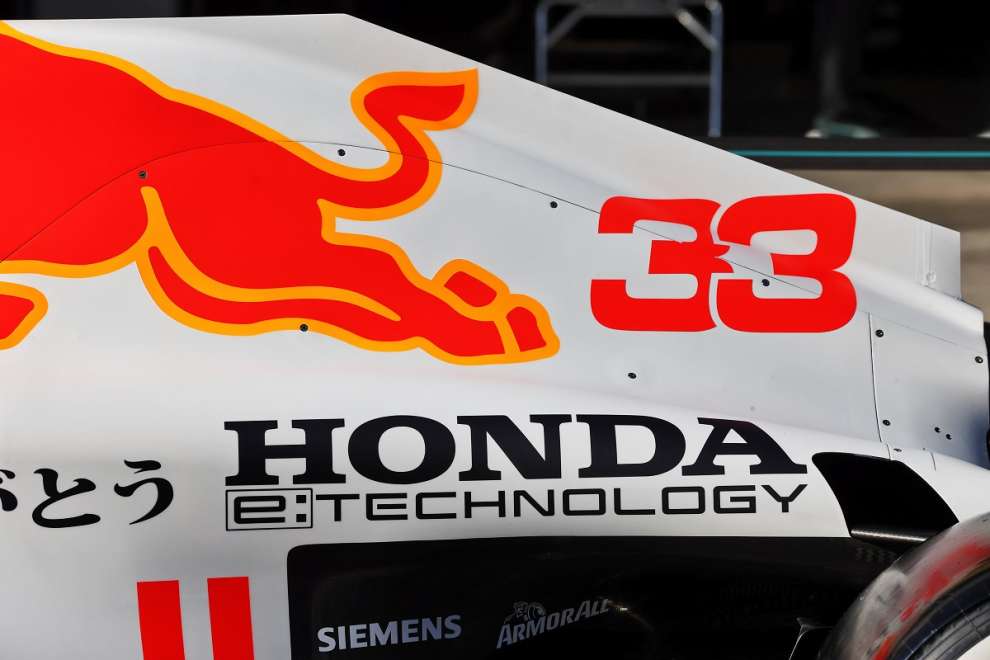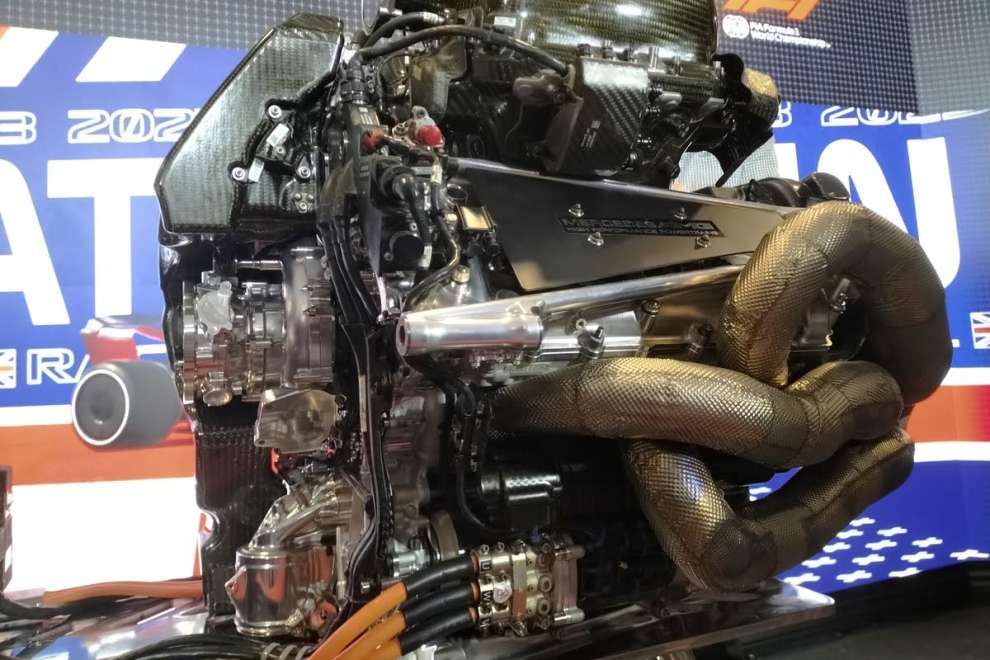By Carlo Platella
The march towards the debut of the new generation of power units in 2026 continues. The FIA and the teams have worked to update the technical regulations, addressing the aspects that have worried the manufacturers so much in the last year. The fear was that the pilots were forced to slow down and downshift in a straight line, creating counterintuitive race dynamics. The organizers have therefore drawn up legislation to regulate the exploitation of the electric part and the fuel consumption to recharge the battery, also introducing overtaking mapping.
Blazing acceleration
One of the big changes for the next single-seaters concerns the power of the electric motor, which will triple to 350 kW, equivalent to 480 horsepower. Unlike the combustion engine, the electric unit is able to provide maximum thrust immediately, something that FIA is aiming for to show off less performing cars at high speeds, but quicker in acceleration. To enhance this feature, the regulation now includes the obligation to deliver at least 200 kW from the electric part (275 horsepower) for the first second from when the driver presses the accelerator to the floor.
The Federation also wants to concentrate the exploitation of electric power at low speeds, thus avoiding draining the battery and forcing the power units to continuously recharge. Initially it would have been possible to squeeze out all 350 kW of electricity up to 300 km/h, and then progressively reduce them to the minimum value of 150 kW from 340 km/h onwards. In the new version of the regulation, however, the maximum thrust phase of the hybrid part ends already at 280 km/h, and then drops and stops completely above 345 km/h. The new single-seaters will therefore enjoy less power at the end of the straight, probably catching up lower top speedsbut concentrating the electrical power in the thrust phases to express greater accelerations.
Overtaking mode
This is an exception to what is described a mode defined as “override”, which extends the maximum power phase on the electric side up to 335 km/h. The use of this particular mapping should be defined in the sporting regulations, from which however it is currently still absent. It is also unclear whether it coincides with the “overtaking mode” cited in article 5.14.7 of the new technical regulation. The overtaking maps are already present on the current power units and can be freely exploited by the teams, but with limited gains. If the new “override” mode were usable in the attack phase, however, at 300 km/h it would almost ensure 70 more horsepower on the electric side compared to normal conditions, rising to 200 extra horsepower at 320 km/h.
Limited energy
To limit the slowing down of cars at the end of the straight, the new regulation introduces constraints on battery charging, limiting the electrical energy recoverable per lap to 8.5 MJ, while the ceiling initially set was 9 MJ. The limit will further drop to 8 MJ on tracks with poor braking and driving phases with partial throttle, such as the super-fast Monza or Silverstone. The objective is to limit the use of the combustion engine to recharge the battery, which would lead to giving up maximum thrust and losing speed in a straight line. Furthermore, at the discretion of the FIA, in particular conditions it will be possible to recover 0.5 MJ of extra energy per lap, not yet specified. It is possible that this will be granted on the most twisty circuits and with heavy braking, such as Monaco or Singapore, where there will not be a particular need to recharge the battery on a straight line.

Charging mode
On tracks dominated by long straights, such as Monza, Baku or Las Vegas, teams will not be able to cut too much power to save energy, a scenario that would lead to cars losing speed and downshifting. In particular, the power unit cannot lose more than 100 kW -140 horsepower- for every second spent with the accelerator at full throttle. Furthermore, on the fastest circuits, where each lap you will travel for over 3 and a half kilometres, power loss will be further limited at 70 horsepower per second. If it had already been in force in 2024, this limit would have been valid for all the tracks encountered so far since the start of the championship.
In any case, in full throttle conditions the teams will not be able to cut more than 620 horsepower overall to save energy. Furthermore, to avoid burning too much excess petrol to regenerate electricity, in a straight line the charging power will be limited at 100 kW, against the 350 theoretically possible.

The role of the heat engine
The new regulation maintains the limit on the flow of injectable petrol into the engine at full speed, expressed in energy terms and equal to 3000 MJ/h. However, the new version also adds a limit for the phases in which the driver drives with the throttle partially. The goal is to prevent burning too much excess fuel to recharge the battery even without giving full throttle, preventing the engine from making a full-throttle sound when the driver partially throttles.
Therefore, teams will only be able to inject the maximum amount of fuel when the driver requests the accelerator at least 60% of the maximum thrust. Also noteworthy is the addition of an article which specifies that the combustion engine must be able to satisfy the minimum torque request at the pedal on its own, without therefore being able to rely entirely on the electrical part for the curve exit phases.

New controls
The Federation will monitor compliance with the injected fuel limits through flow meters, which however from 2026 will be reduced from two to one for each car. It is added instead a check using lambda probes in the exhaust pipes, which will allow the FIA to analyze the gases to monitor how well the engine works with rich or lean mixtures. This is an additional counter test to verify the quantity of petrol burned in the cylinders and in general the exploitation of the PU.
Last, but not least, the new version of the technical regulation specifies that the traction battery can be made exclusively using electrochemical cells, including traditional lithium ion cells. They come like this supercapacitors banned, technology that would have allowed little energy to be accumulated, but to deliver burning peaks of power at the price of reduced weight and dimensions. It is possible that the FIA simply preferred to close a possible gray area, but the history of Formula 1 reminds us how changes to the regulations sometimes arise to snuff out projects in the pipeline behind the scenes in the bud.
#engines #latest #overtaking #mode #record #sprints